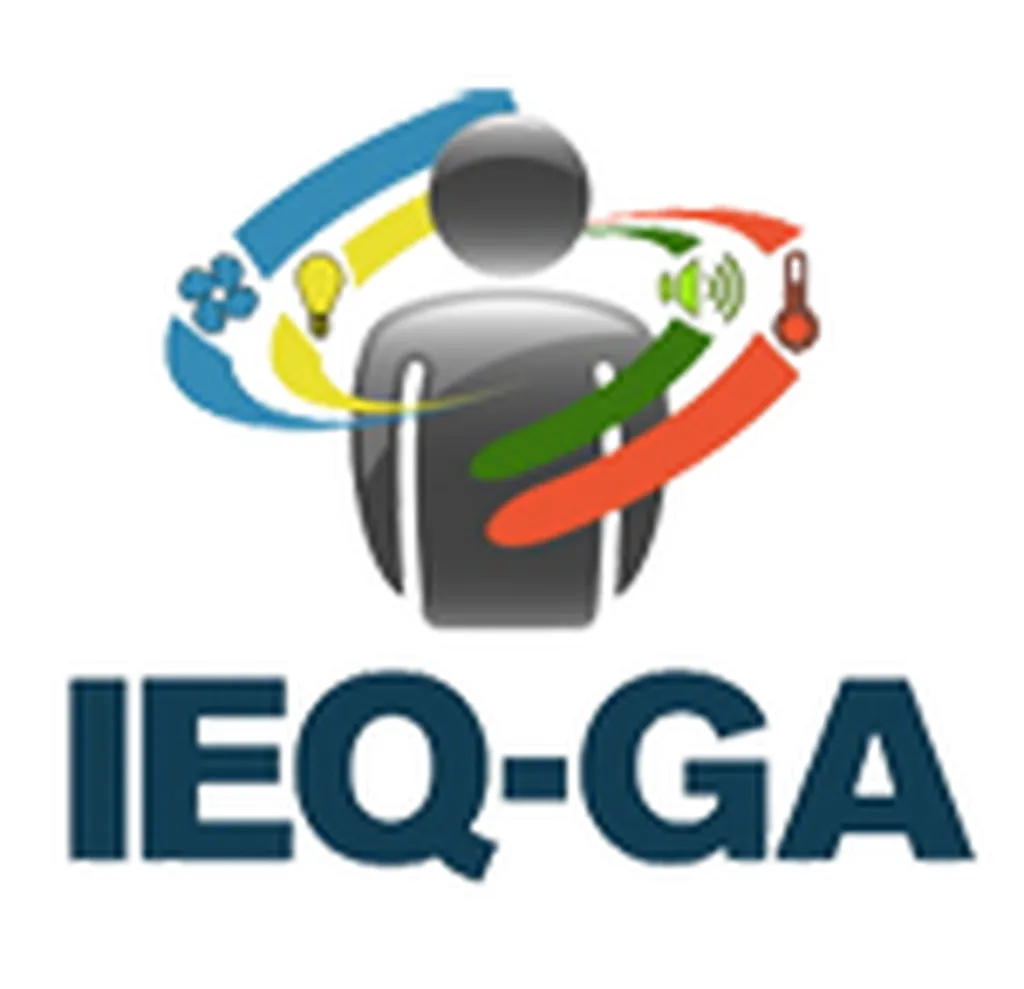In the quest to create healthier, safer, and more comfortable indoor spaces, a team of researchers led by Samy Clinchard from the Civil Engineering Research Unit at the University of Oulu in Finland has developed an open database compiling worldwide Indoor Environmental Quality (IEQ) guidelines. This initiative aims to address the challenges posed by the disparate and often outdated regulations that govern indoor air quality, thermal comfort, acoustics, and lighting.
The database, which has been in development for the past five years, covers six key domains: indoor air quality (IAQ), thermal comfort, acoustics, lighting, ventilation, and outdoor air quality (OAQ). Each domain includes mandatory governmental regulations, voluntary guidelines, and internationally recognized standards. This comprehensive approach ensures that the database is a valuable resource for researchers, practitioners, and policymakers alike.
“Our goal was to create a centralized, accessible resource that would help bridge the gap between scientific advancements and practical applications in the field of IEQ,” said Clinchard. “By consolidating and sharing existing guidelines and standards, we hope to support global alignment with best practices while accommodating resource constraints and regional specificities.”
The need for such a database is underscored by the fact that many countries and organizations have established their own IEQ regulations and standards, often with discrepancies in parameters, definitions, methods, and updating frequency. These inconsistencies can limit the effectiveness of IEQ guidelines, potentially impacting health, wellbeing, and commercial outcomes.
For the energy sector, the implications are significant. Energy-efficient buildings are increasingly in demand, and IEQ guidelines play a crucial role in ensuring that these buildings are not only energy-efficient but also healthy and comfortable for occupants. By providing a comprehensive and up-to-date resource, the database can help architects, engineers, and policymakers make informed decisions that balance energy efficiency with indoor environmental quality.
The database also highlights the importance of collaboration between scientific research, technological advancements, and policy development. As Clinchard noted, “Guidelines and standards can work best when they are science-based, adaptable to regional contexts, and structured with clear, measurable parameters.”
Looking ahead, this research has the potential to shape future developments in the field of IEQ. By providing a centralized resource for guidelines and standards, the database can facilitate greater consistency and effectiveness in IEQ regulations. This, in turn, can drive innovation in building design and construction, leading to healthier, more comfortable, and more energy-efficient indoor spaces.
The research was published in the journal Indoor Environments, which translates to “Indoor Environments” in English. As the field continues to evolve, this database will serve as a valuable tool for researchers, practitioners, and policymakers, helping to ensure that indoor spaces are safe, healthy, and comfortable for all occupants.

